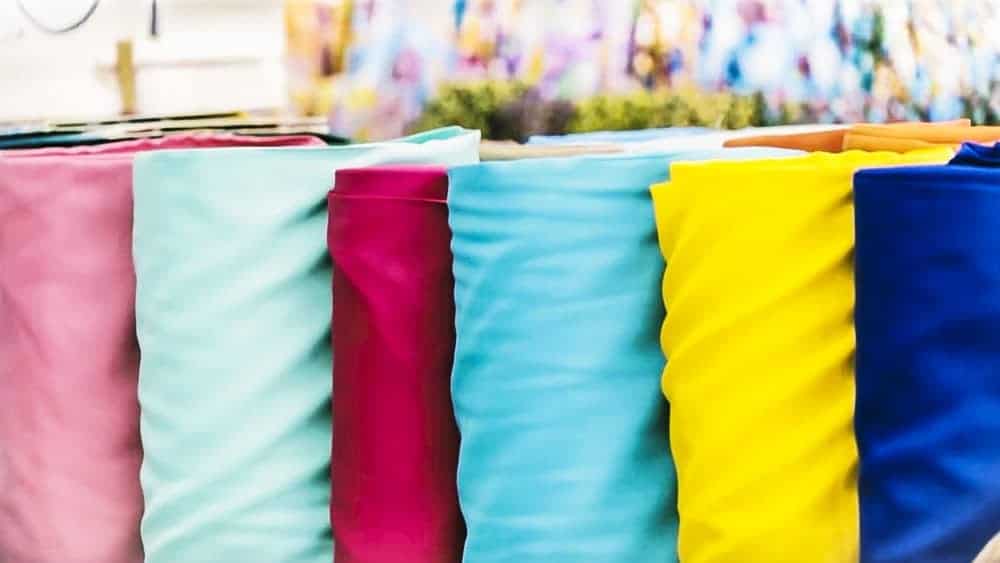We see examples of weaving in our lives, ranging from the fabrics we wear to the materials used to make the cushions we sit on. Weaving is a complicated art form that features many types of weaving patterns and materials used to create beautiful materials that are practical and useful.
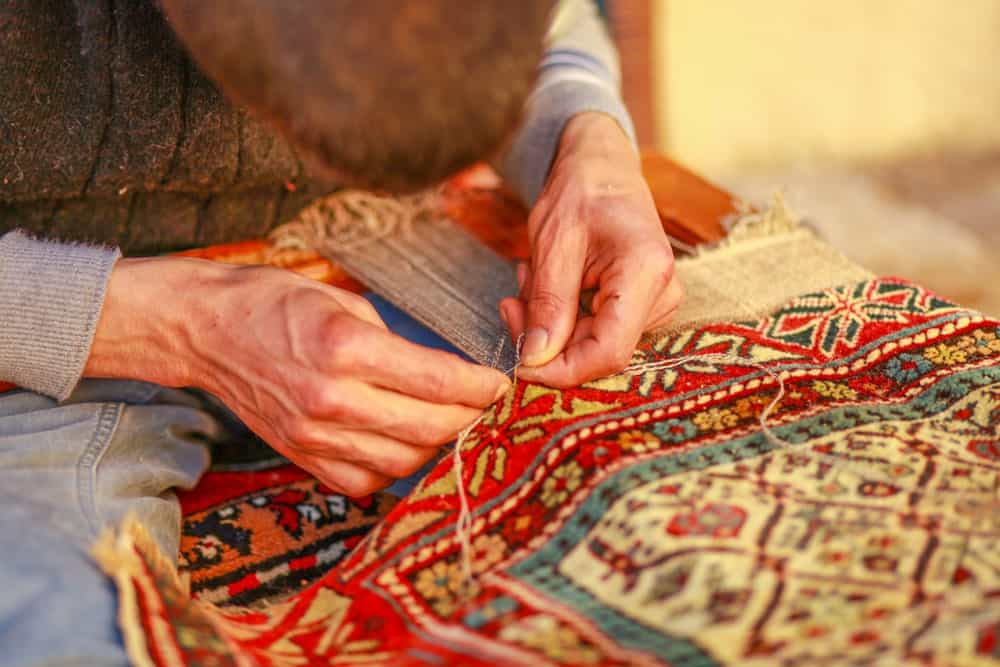
Weaving is a way in which several common cloth and fabric styles are created. Weaving can create durable fabrics like satin and cotton that we use every day. Although we use cloth and fabric in our daily lives, we often do not think of how these fabrics are created.
Through an intricate pattern and process called weaving, trained professionals or an automated weaving machine can create high-quality and beautiful fabrics. Woven fabric is known for its beauty, durability, and warmth. Below, let’s take an in-depth look at the many types of weaving to understand what techniques create various patterns and textures.
Contents
Types of Weaving
Weaving has several patterns, which help produce different materials and effects. Sometimes, a singular weave pattern will be used to create a single weave unit, while other weaves require the compilation of several combined techniques to create one unit. Weave patterns range from simple to very intricate.
Plain Weave

A plain weave also called a tabby weave, is the most basic of all weaving patterns. Like any weaving, you must have a warp wire and a weft wire. The amount of wires and the ratio between wires helps to create intricate patterns. This process is true with all weaves, including the plain weave. The plain weave type only requires two weft yarns in each weave unit, making it simple yet durable.
To create this pattern, two warp yarn pieces are held parallel to one another. The crosswise weft yarn is then run perpendicular, going over and under the warp yarns. This process creates a boxed, square shape of one weaving unit
. To complete this weave, the warp yarn and weft yarn should be of equal size. When different sized threads are used for the warp and the weft wires, you end up with popular fabric options like poplin and taffeta.
One of the most common types of the plain weave style that we see every day is our fabric used for clothing. Another common use of this weave style is used in a tapestry weave. To make a tapestry, artists use a special tapestry loom that creates a plain weave, repeated over and over again.
The weft yarn and warp yarn are intermixed with different colors that help form defined pictures and designs on the tapestry. The plain weave design gives a sturdy and durable weave pattern that is tough and rigid.
Twill Weave

A twill weave pattern is defined by diagonal lines, compared to the plain weave’s straight lines. The twill weave is made by using one weft yarn and two warp yarns. The weft yarn is crossed over and then under the weft yarn, creating a diagonal pattern. The style of the twill weave can be changed by changing the ratio between warp and weft yarns.
As long as the yarn keeps a 2:1 ratio, such as a 6:3 configuration, the artisan will create a twill weave pattern. Changing the direction of the weave in a twill weave pattern can introduce a herringbone pattern, also desirable for several types of fabrics.
Twills have been used for centuries and are a staple of many fabric designs. In medieval times twill patterns were commonly used for wools, table linens, or bed covers. The tight weave makes this material durable while introducing some visual interest and style with the diagonal pattern. Twills are commonly used to form fabric and are often created with wool yarn.
Basket Weave
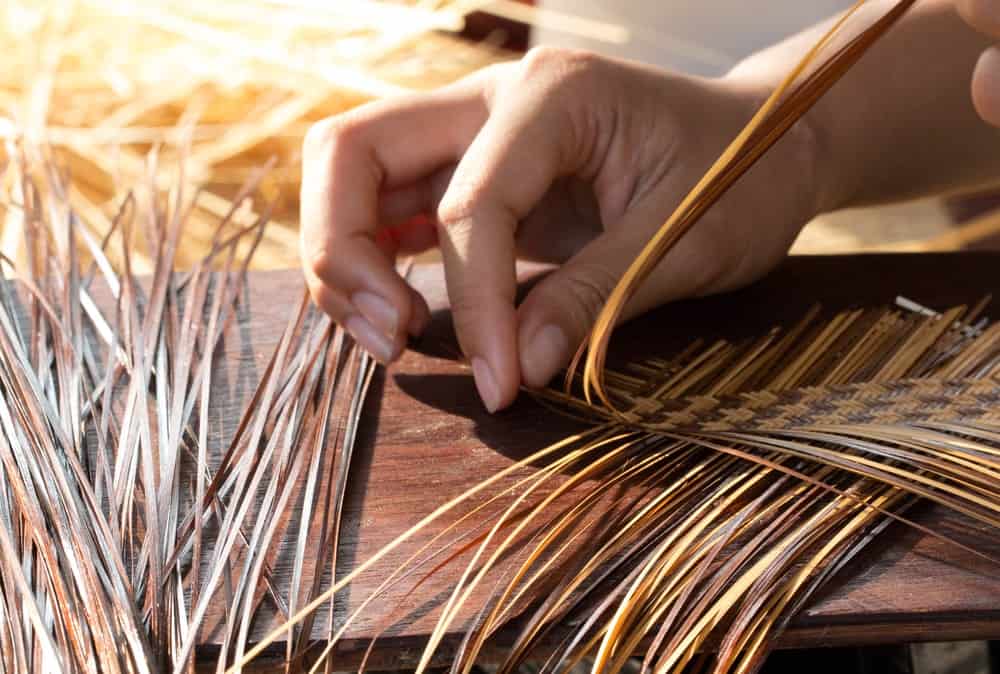
A basketweave pattern can easily be made with any weaving loom. This is a variation of the plain weave. A basket weave creates a square weaving pattern with an even number of weft thread and warp thread pieces.
The two threads will run perpendicular to each other, first crossing over and then under one another. A basket weave differs from a plain weave by allowing for multiple strands of yarn or thread. This differentiator can allow you to create a plain weave with three, four, or more weft and warp yarns to make a thick and sturdy weave structure.
Although weaving is commonly applied to cloth materials such as wool, yarn, and thread, the process of weaving can be done with any number of materials. It is quite common to use thin strands of wood or wicker to create baskets and mats.
This type of use and material is where this type of weave gets its name. Thin strips of wood are woven together to create a strong connection of fibers, holding heavy items in a convenient and beautiful basket.
Dutch Weave
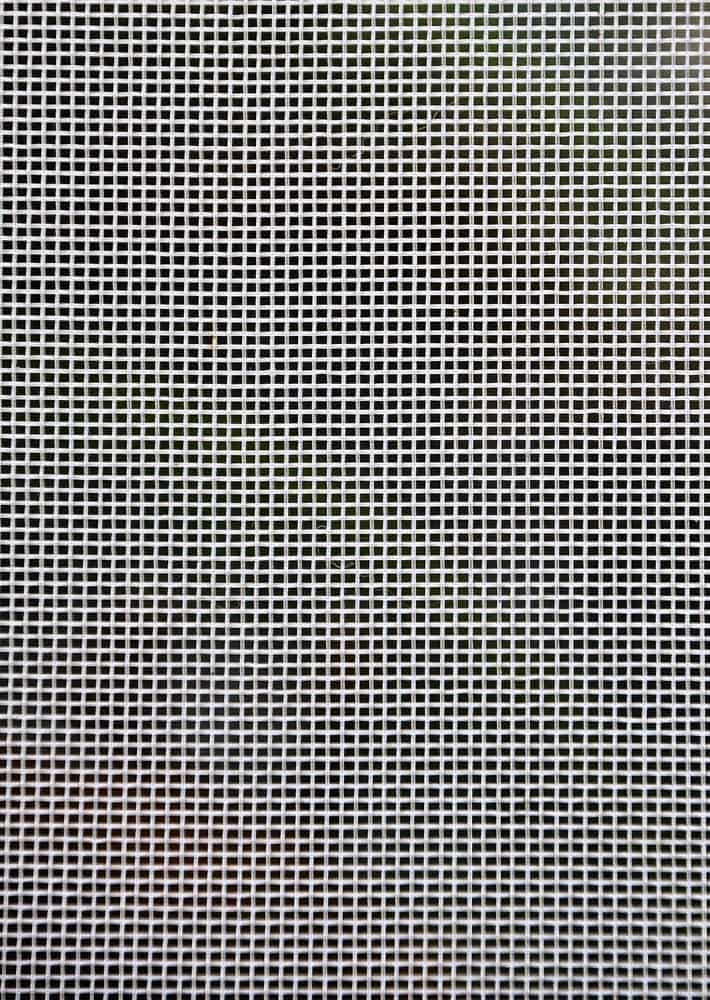
A Dutch weave can be used for fabrics or metals and is highly prized for its durability and strength. A Dutch weave requires the pattern to have a limited amount of warp wires, with a maximum amount of weft wires. This structure creates an elongated plain weave pattern. The long stitch makes a very strong and durable fabric that can withstand high pressures and can resist tearing.
This type of weave can be commonly found on solid materials and fabrics like cotton canvass. More so, this weave pattern is widely used for fine metal to create durable and robust screens. The Dutch weave is a basic yet practical weave type that can be applied to many textures, materials, and industries.
Jacquard Weave

A jacquard weave is an incredibly intricate weave that is commonly used to produce damask and satin. This weave can be made using a jacquard loom attachment, which is a specialty item. A jacquard weave allows the artisan to include different full-image figures into the pattern of the material.
To do this, the artisan must make individual loom cards, which have the colors and weaving textures necessary to create the desired design or figure. The loom cards require the artisan to stop and reconfigure the loom, making this an incredibly lengthy process. For this reason, the cost of a jacquard weave fabric is usually very high. A jacquard weave usually combines several weave techniques to add to the complexity and difficulty of producing the fabric.
Dobby Weave
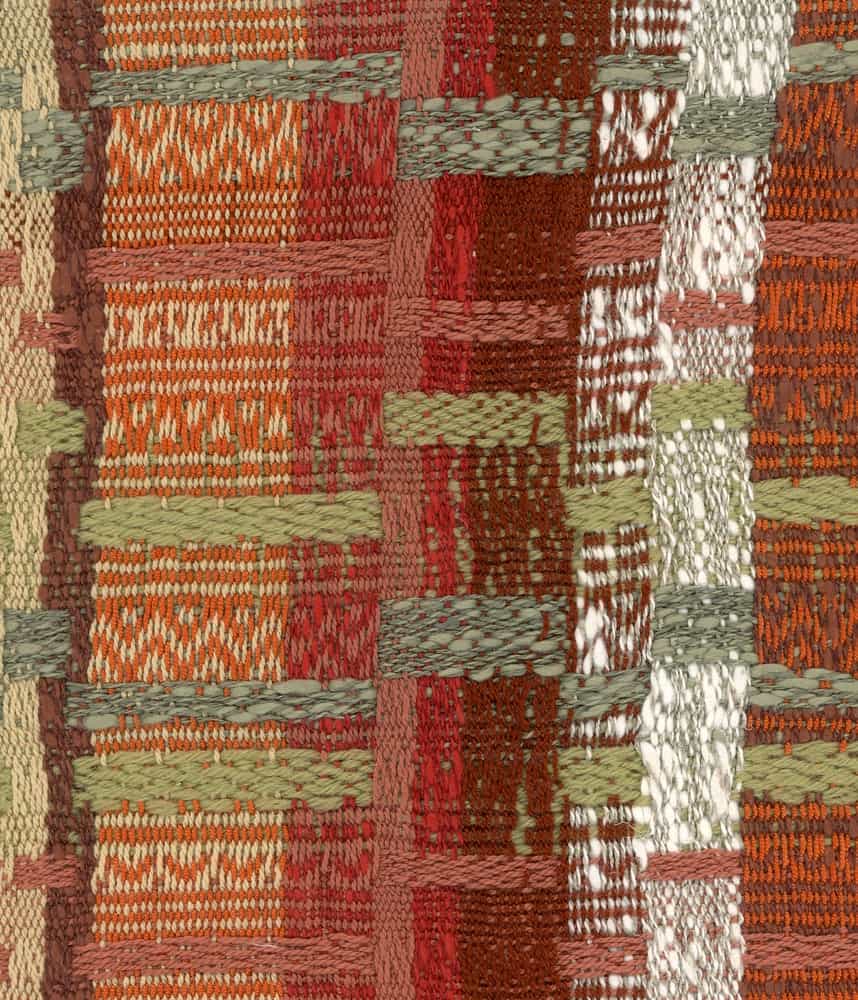
Often considered a complex and advanced weave, a dobby weave is a popular choice for artisans. This weave allows the artisan to create a figured pattern within the woven material. To create a dobby weave, the artisan must have a dobby loom attachment. Instead of making jacquard cards to create patterns and shapes, an artist will use small strips of wood inserted between the yarn pieces.
This type of weave is perfect for people who want to create a simple, geometric pattern that repeats throughout the fabric. Individual weave patterns can be simple or complex, made by adding colors, depending on your desired image and outcome.
Satin Weave
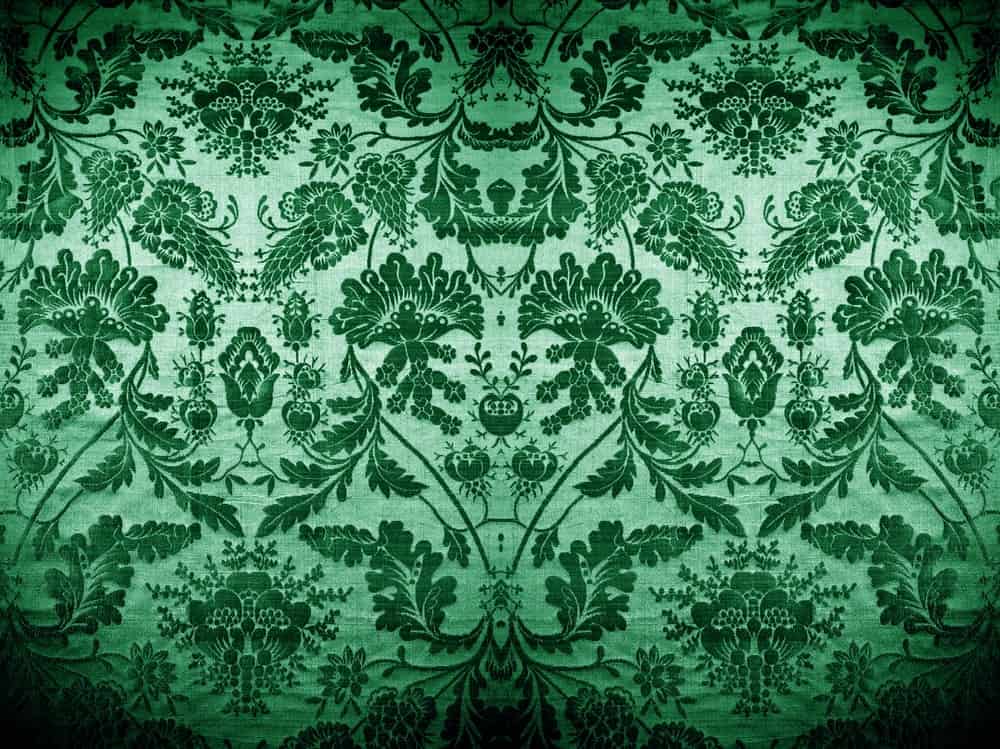
A satin weave is very similar in process to the twill weave, but it does not include a strong diagonal line. There must be at least five warp thread pieces and five weft thread pieces to have an authentic satin weave.
The yarn is woven together with a held ratio similar to a twill weave but does not get the same diagonal pattern. Further, a satin weave creates a very heavy and durable cloth texture, including at least five yarns each, which gives the fabric a certain luxury and high-quality characteristic all its own.
A specific weft-facing satin weave produces the popular damask material. This material is thick and durable but also plush and detailed. Damask can be a solid color or can include various colors interwoven to create texture and pattern within the fabric. Silk damask, a specific type of satin weave, was invented in China.
This specific weave and material use silk-based thread or yarn to create a delicate and intricate silk woven material. The resulting weave structure is sound and durable while also soft and luxurious. Sateen fabric is also produced using a satin weave, but this requires a weft-facing weave pattern to accentuate one type of thread over another.
Loom Types
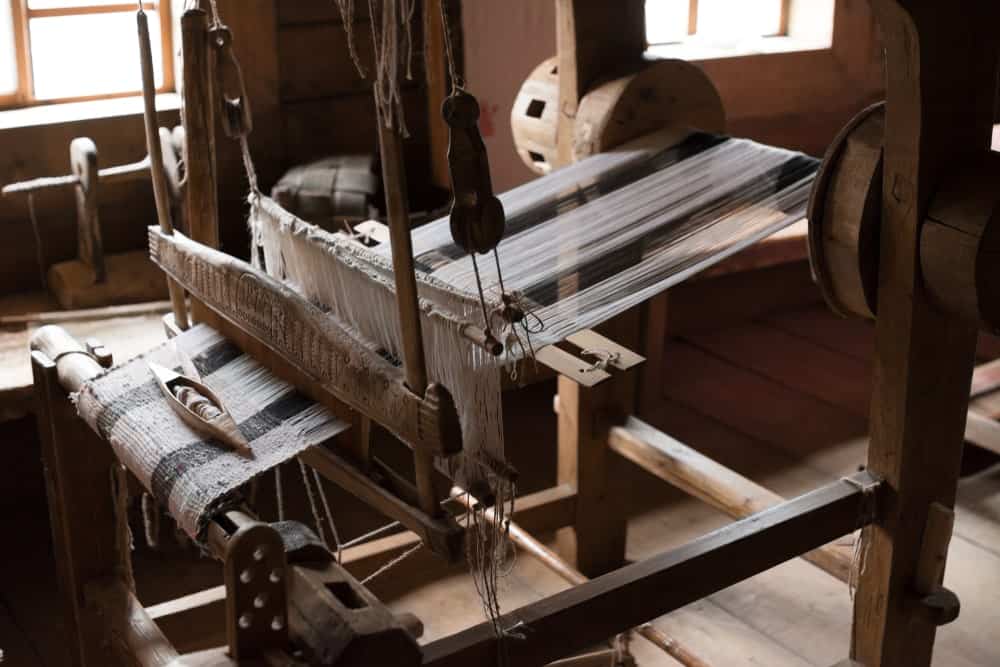
Looms can vary in size and complexity. Smaller looms options include a handheld loom, an inkle loom, or table loom. These looms are small enough to be portable yet powerful enough to handle complicated weaving projects. A medium-sized loom includes the rigid heddle loom and some frame loom options.
A frame loom can alternatively be quite elaborate, not easily moved, and can tackle the most challenging weaving projects. An individual weaver tends to favor one loom over the other, and often loom choice will indicate the type and complexity of a weaving project.
While many types of weaving skills can be accomplished with only a frame loom, such as a basic floor loom, other weaving types require the use of a specialty loom or loom attachment. To make a tapestry, a tapestry loom attachment is required.
Geometric shapes produced by a dobby weave require a special dobby loom attachment that allows thin wood strips to be inserted between patterns. Further, a jacquard weave can be made with a special jacquard weave attachment.
FAQs
Learning about weaving can be a detailed process. There are many types of weave patterns, all with a different technique and loom required. It can be quite confusing to piece together all the information necessary about weaving.
To help answer some of your questions about weaving and the weaving process, we have put together some commonly asked questions. Hopefully, this will help you learn more about weaving and better understand how different fabrics are produced.
What is involved in the weaving process?
The weaving process can be complex or simple, depending on what pattern or material you would like to make. Simple patterns can be made by hand, requiring only a simple loom to create the desired image or pattern. Weaving involves two separate pieces of material known as the weft yarn and the warp yarn at its most basic function.
The two different yarns can be the same material, but the warp and weft designate the way the material runs in the pattern. Additional warp and weft threads and yarns, in various ratios to one another, help to create the various patterns and colors in a woven material.
To create a fabric, a complete pattern, or unit, of a weave is completed. This pattern and process are repeated repeatedly to develop a large tapestry, blanket, or piece of material. A more complex weaving process involves the introduction of loom cards, which help create various colors and full-figure patterns on the material. Additional loom cards needed to make delicate and detailed fabric like jacquard can increase the complexity and time spent in the weaving process.
What are the materials used for weaving?
Weaving is a versatile skill that can be applied to several materials. A common material used for weaving includes cotton thread or yarn made of various materials, including manmade and synthetic options. Wool is commonly used as a woven material. For delicate damask patterns, silk thread can be used to create a larger silk cloth.
Creating woven textures is not just relegated to cloth material, though. Weaving patterns are commonly made with thin metals to create screens. Thin pieces of wood can be woven together to create mats and blankets. Some weaving techniques and patterns involve including several materials and elements to create intricate and strong fabrics.
What things can you make from weaving?
At its most basic form, the very clothing that we wear day to day is created by a weaving process. Most clothing and fabric is made using large, automated weaving machinery, but it is still weaving at its most basic core.
Various fabrics, from cotton to linen to silk and damask, are all made from weaving. Thicker materials such as wool can also be used in the weaving process. Weaving wool can create thick wool sweaters or comfortable blankets.
Large scale weaving can create delicate tapestries that include a variety of colors and images depicted in the weaving patterns. Weaving can also create fabrics used for drapery and specially designed upholstery needs. Traditionally, weaving has been used to make bed linens and table covers, adding color and intricate patterns to these common household goods.
What do you call someone who weaves?
A person or artisan who can weave fabrics together is commonly referred to as a weaver. While most weavers can create material and cloth by hand, many weavers rely on a loom to help sort and order the necessary materials. A loom is a structure that helps to keep the individual fibers and threads in place.
Looms are a tool that can be adapted to a specific type of weaving style, allowing for added attachments to create complicated stitches. People can become weavers as their primary occupation or as a hobby. Being a weaver takes time, dedication, and repeated practice to accomplish the high skill required to create intricate stitches.
More specifically, a weaver who makes a tapestry is called a tapissier. This word comes from the French language. It is important to denote that while all tapissiers are weavers, not all weavers are specifically tapissiers.


